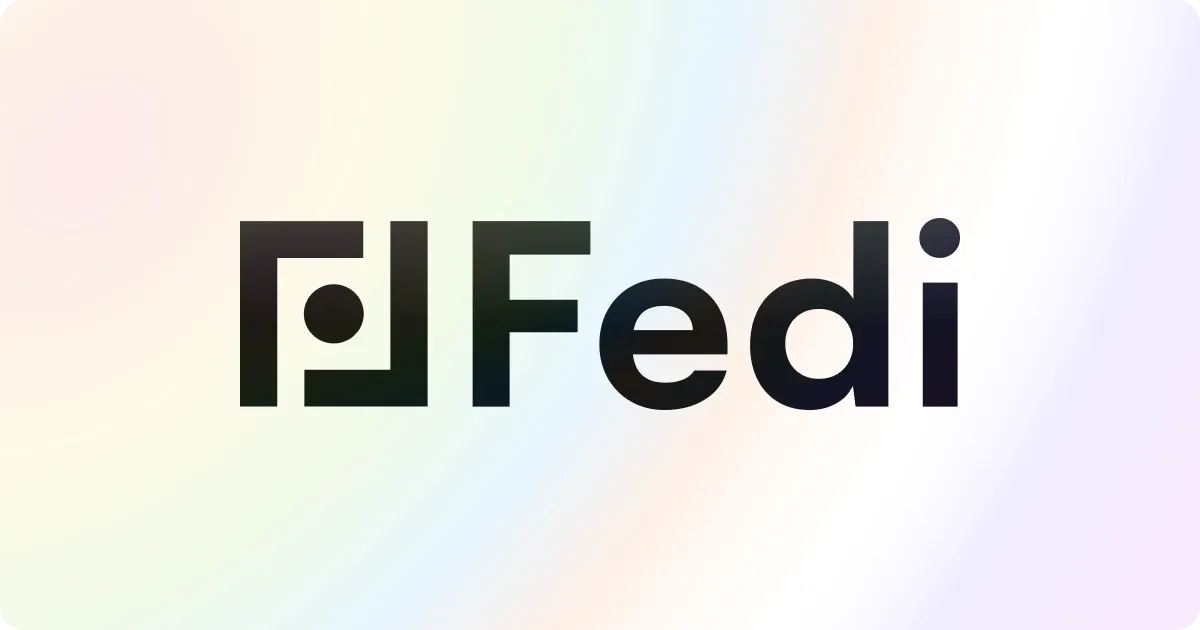Field Study proposal: Fedi for Chamas, a study in Kenya

Introduction
The federated eCash platform Fedi offers versatile solutions that can address various challenges across different scenarios. Following extensive research into potential applications, I firmly believe that one specific Use Case holds exceptional promise: using Fedi as a foundation for Chamas (informal micro-savings groups) in Kenya.
Problem
A 2016 FinAccess study indicates that 41% of Kenyan adults use informal financial groups such as merry-go-rounds or chamas whereas only 32% of the population held ordinary bank accounts. Analysts often stress on their unreliability and the risk of loss of money when members of the group default.
https://www.microsave.net/2018/07/16/what-do-informal-groups-teach-us-about-what-poor-people-want-in-their-financial-services/
Chamas are very popular in Kenya, but especially those that are informal and unregistered have a reputation for problems with transparency, governance and corruption.
Share-based chamas have in many cases suffered from embezzlement by officers, mismanagement of funds, collusion with borrowers not to repay, high default rates on loans, as well as interpersonal conflicts and disagreements over how to invest the group's savings.
https://en.wikipedia.org/wiki/Chama_(investment)
Solution
The typical problems with informal micro-saving groups (Chamas) in Kenya reside in the same intersection that the project Fedi intends to offer a solution to: custody of funds in a community context.
Fedi is the ideal platform to strengthen Chamas because it addresses four different problems:
Problem 1: Lack of Trust and Transparency
Solution: Implementing a federated community structure can optimize the process of handling funds, increase transparency, and automate tasks that were previously done manually. This approach grants members real-time access to financial information and progress tracking towards their goals, thereby addressing issues of trust and transparency simultaneously.
Problem 2: Poor Communication
Solution: Whether a federation or not, the simple fact of providing a digital space for the Chamas can allow for efficient communication. This centralized space can host discussions and updates, reducing the likelihood of misunderstandings and conflicts among members.
Problem 3: Lack of Governance Structures
Solution: The adoption of a federated platform facilitates the establishment of governance frameworks, including the designation of elected positions, delineation of responsibilities, and definition of decision-making protocols, all achieved without the need for cumbersome bureaucratic oversight.
Problem 4: Savings in a Depreciating Currency
Solution: Fedi enables participants to save in a 'currency' (BTC) that is 'stronger' than the local currency (KES).
- YTD (October 2023) BTC performance in USD: 37%
- YTD (October 2023) BTC performance in KES: 68%
Goal
To investigate the viability of using Fedi as a platform for Chamas in Kenya.
Approach
When conducting fieldwork, it is common practice to maintain an open mind in order to reduce bias. However, in the case of Fedi, it is prudent to leverage the lessons learned from previous research efforts. This strategy has the potential to accelerate our development efforts and facilitate an earlier product launch.
Research questions
Core questions
- What types of Chamas are more appropriate to become a federation? Which types are not?
- What features have a chance of being perceived as a no-brainer (in terms of being obviously helpful) for adopting Fedi as a tool for participation/management of Chamas?
- What features have a chance of being a deal-breaker (if they are missing, Fedi has no chance of being used for Chamas)?
- What is the basic infrastructure necessary for using Fedi as a tool for management of Chamas? (Internet connectivity, smartphones, etc.) Is it available for the typical Chamas participants? Is it different, depending on the location?
Secondary questions
- What are the most common types of Chamas?
- What are the participants' motivations for entering a Chamas?
- What are the most frequent risks and fears of entering a Chamas?
- What kind of people usually initiate/lead a Chamas?
- How is the profile of initiators/leaders different from regular participants?
- Is there a difference between the profile of the people that initiate different types of Chamas?
- Is there a difference between the profile of the people that chose to enter different types of Chamas?
- What are the biggest challenges, risks and fears initiators/leaders face when running a Chamas?
- Which kind of Chamas has the best reputation? Which has the worst?
- How does the typical Chamas work? How do the different types differ from each other? (Frequency of the meeting, way of pooling money together, common goal, timeframe, governance, rules, etc)
- What are the basic skills required to be part of a Chamas? (Level of education, access to basic infrastructure, cognition, etc.) Can it be different depending on the type of Chamas?
- How can the local currency be exchanged to Bitcoin? Is it a requirement? Are there any exchanges available? Which forms of payment are accepted (MPesa, Paypal, etc)?
- What can experiences with regular (non-federated) Chamas management software inform us?
Rough timeline and activities
1: Preparation
A couple of months before the trip
Develop action plan and guides for the Field Study together with Fedi Team
Building upon this preliminary proposal, the formulation of an action plan for the Field Study in partnership with the Fedi Team represents an essential phase in guaranteeing the triumph of research or investigative endeavors.
This procedural undertaking entails preparation that will serve as a navigational framework to steer the team throughout the study.
Below, we outline essential components and factors to contemplate when shaping the action plan:
- Objective Definition
- Scope and Constraints
- Timeline
- Roles and Responsibilities
- Budgeting
- Ethical Considerations
- Data Collection Methods
- Sampling Strategy
- Data Management
- Data Analysis Plan
- Logistics and Resources
- Communication Plan
- Risk Assessment
- Evaluation
- Review and Iteration
2: During the Field Study in Kenya
With duration of a maximum of 2 weeks
Conduct observations, interviews and prototype testing
The research will be conducted using the Field Study approach. This will involve observing, interviewing and testing users in their own environment. This will provide a deeper understanding of the users' needs and experiences, and how they potentially interact with the product.
During the observations, notes and audio recordings will be taken. During the interview, questions about users' motivations, challenges, and pain points will be asked.
If we have a functioning prototype for testing, we can use the Thinking Aloud protocol, in which the participant actively uses the system and describes its perceptions and opinions.
It is expected that participants will be spontaneously invited for interview sessions direct from the places like schools, company offices, stores and churches. The incentive can play an important role in the acceptance.
It is essential that participants come from different socio-economic backgrounds so that we have a representative sample compared to the general population. It is also important to recruit a diverse group of users with different levels of experience and expertise in using technology.
3: After the trip to Kenya
Deadline for delivery of the final report of maximum 12 weeks after the end of the trip
Analyze data and write final report
The data will be collected, transcribed and analyzed using a thematic analysis approach. This will involve identifying and coding common themes across the observations, interviews and testing. These themes will be then used to develop insights and recommendations.
The findings of the research will be documented in a report that will be shared with the Fedi team. The report will include recommendations for how to build the product and make it more accessible to the target group.
Fedi team will not only have access to the final report, but to the entirety of the data collected, from the raw recordings to the tagged transcriptions in Dovetail.
Impact
This research aims to provide the Fedi team with valuable insights into the needs and experiences of the target group, shaping the development of a Use Case with a strong product-market fit.
These insights have the potential to benefit not only this specific Use Case but also similar contexts like informal community banking and micro-credit cooperatives, ultimately benefiting all Fedi users.
